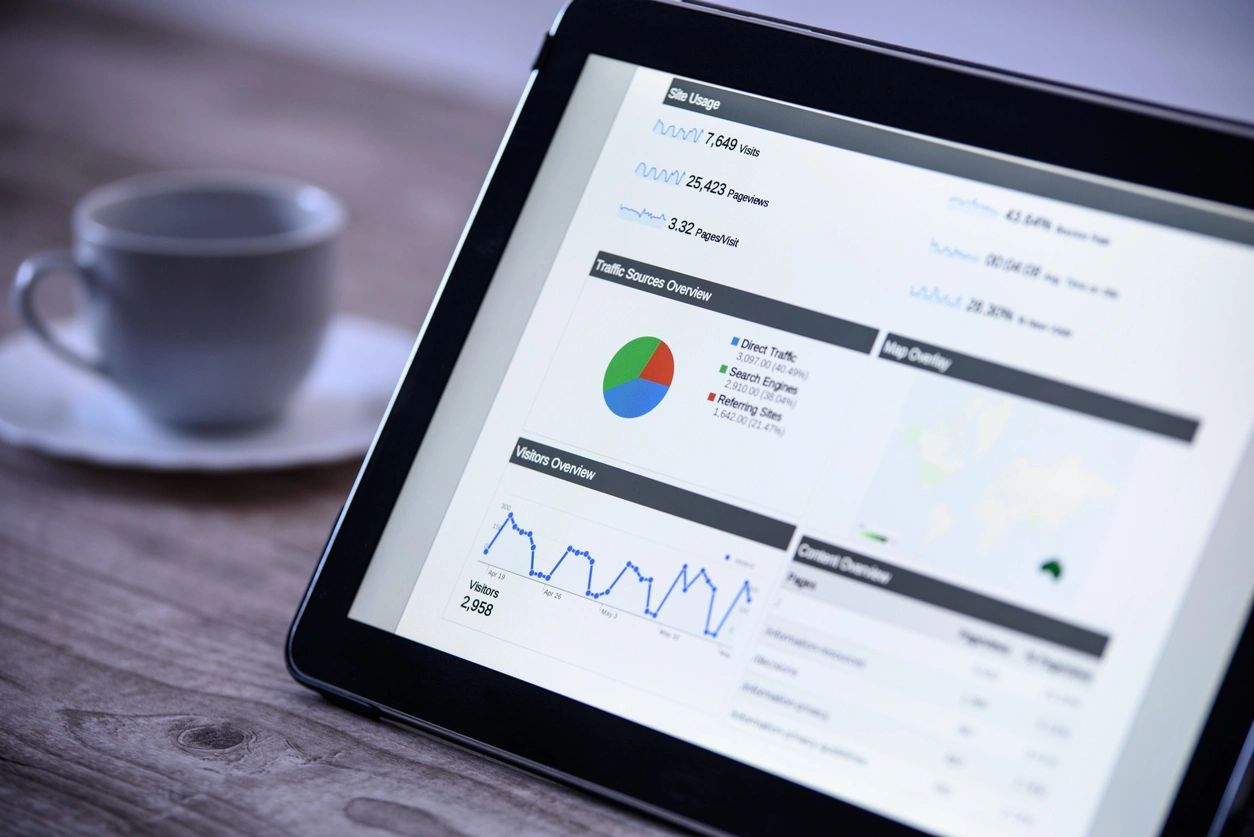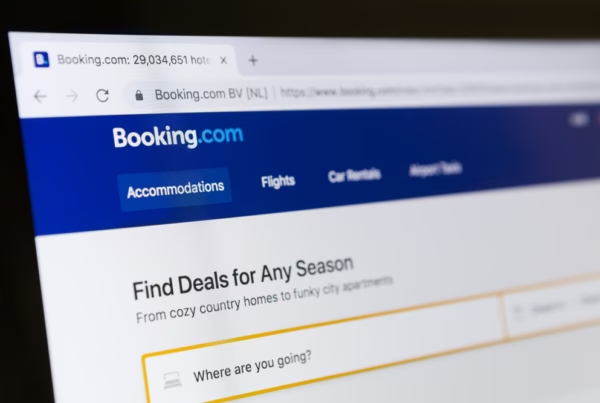Google Hotel Ads has become one of the most used metasearch platforms in the market. Recently, Hosteltur reported that around 75% of users turn to Google Hotels Ads to compare prices when planning their vacations.
Nowadays, there are over 700,000 hotels worldwide, and it’s increasingly difficult to stand out against competitors. Consequently, it’s no longer enough to offer excellent customer service, have a well-structured website, or competitive prices for your target audience to choose your establishment. You need to go further: planning a good digital marketing strategy is one of the keys to success.
True, there are many options when designing your digital marketing plan, but what we recommend is not to overlook the opportunities offered by Google Hotel Ads. This platform is a leader among metasearch engines, and its primary objective is to channel potential guests, who are searching for tourist accommodations, towards your hotel’s website.

GHA allows you to create campaigns and display your ads with availability, rates, images, services offered by your establishment, and a link to book directly on your website. There are three bidding (or payment) models: Cost Per Click (CPC), Target Return on Ad Spend (tROAS) and Performance Max for travel goals. If you’re just starting to use the platform, we recommend the Performance Max. It provides expanded hotel coverage and increased direct bookings via Google.
Here are 4 best practices to optimize your results on Google Hotel Ads:
- Segment your audience so that your ad appears in the searches of your target audience.
- Add your brand logo to let users know you are the direct channel and not confuse you with an OTA.
- Adjust bids based on traveler behavior to ensure more traffic.
- Add a description of each room type, not forgetting even the smallest detail.
Once you’ve managed to get travelers to your website through Google Hotel Ads, the important thing is to materialize the booking. This is when Conversion Rate Optimization tools become your best ally.
These tools ensure that during the entire purchasing process, the user has access to information about the advantages of direct booking.
If you’ve never heard of these solutions, here are some of them and their objectives:
- Price Comparator: You can show your direct prices while displaying OTA prices in real-time. The user can see that the direct channel offers the best rate. Objective: credibility and increased conversion.

- Smash (personalized messages): You can define messages tailored to the traveler’s profile, addressing their needs. For example, for a query for 2 adults and 2 children, one possibility could be to offer a family discount. Objective: convince the user.

- Exit Intent: You can retain the user on your website with a pop-up window offering a 10% discount if they book at that moment.

There are many Conversion Rate Optimization tool options; we have only mentioned a few examples. Depending on each hotel’s needs and objectives, it’s recommended to add specific tools.








